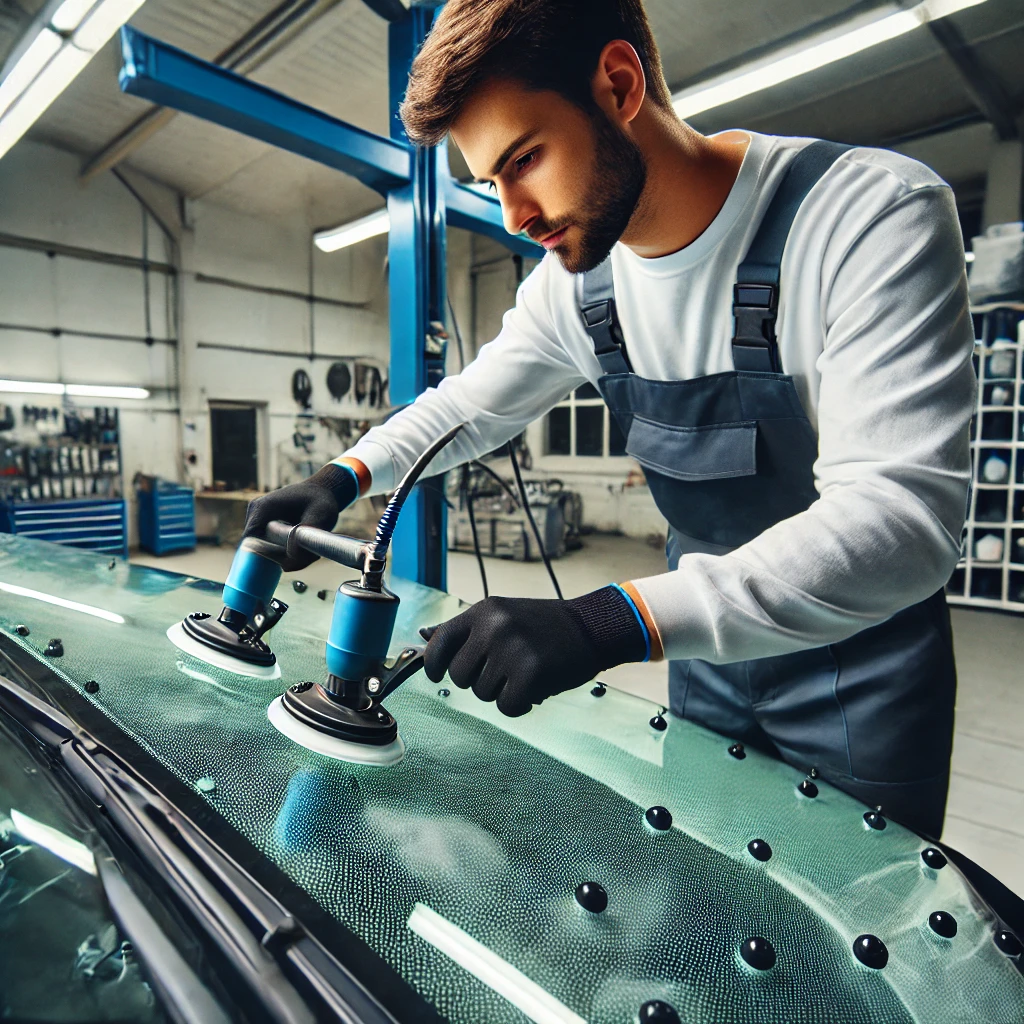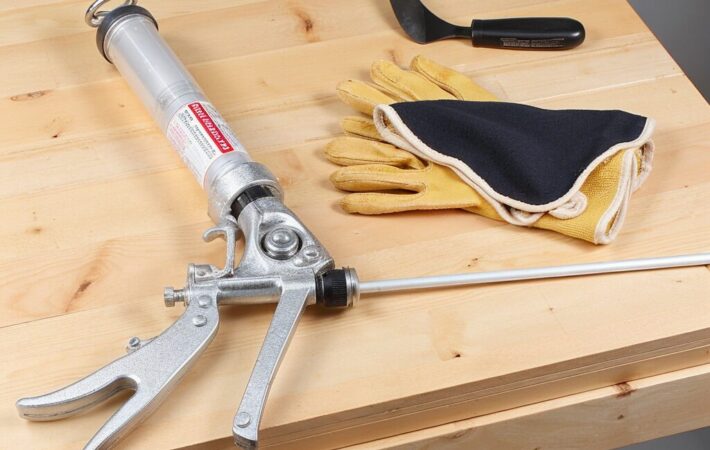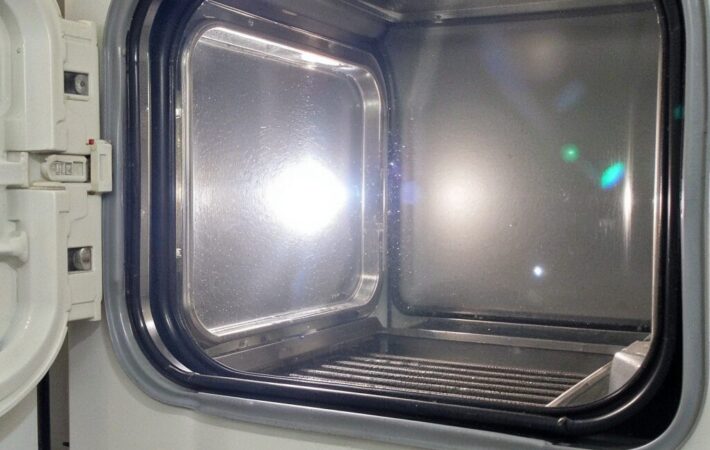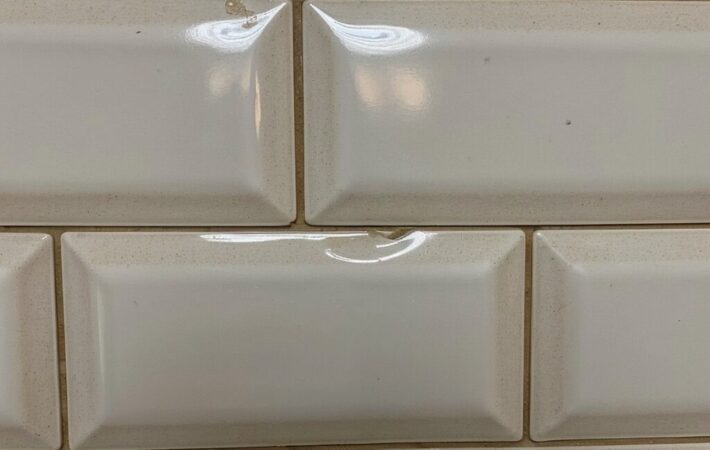Adhesives are one of the most versatile and indispensable tools in automotive repairs. While they are widely recognized for their role in windscreen bonding, their applications extend far beyond glass installation. From sealing car body panels to attaching trims and mirrors, high-quality adhesives are essential for ensuring safety, durability, and aesthetics in vehicle repairs.
This guide explores the significance of adhesives in automotive repairs, their diverse applications, and tips for choosing the right product to achieve long-lasting results.
Why High-Quality Adhesives in Automotive Repairs Matter
High-quality adhesives are more than just a convenience—they are critical for vehicle integrity. Whether you’re performing a DIY repair or handling professional maintenance, the adhesive you choose has a direct impact on:
- Safety: Proper bonding prevents components from detaching under stress, reducing the risk of accidents.
- Durability: High-quality adhesives resist environmental factors like temperature fluctuations, UV exposure, and moisture, ensuring longer-lasting repairs.
- Cost Savings: Using the right adhesive reduces the need for frequent repairs, saving time and money in the long run.
💡 Pro Tip: Investing in adhesives specifically designed for automotive applications such as Autostar Germany Windscreen Adhesive can prevent common issues like peeling, cracking, or weak bonds that may occur with generic products.
Key Applications of Automotive Adhesives
1. Windscreen Bonding
Windscreen adhesives are among the most critical in the automotive industry. They ensure that the glass remains securely attached, providing structural integrity and protection from water leaks.
- Why It’s Important: Windscreens play a key role in vehicle safety by supporting airbags during deployment and reinforcing the car’s overall structure.
- Best Product Recommendation: AutoStar Germany Windscreen Glass Sealant offers high bonding strength and UV resistance, ensuring durability even in extreme conditions.
🔗 Related Blog: Guide to Windscreen Bonding Glue
2. Sealing Car Body Panels
Adhesives are used to seal gaps between car body panels, protecting against water infiltration, corrosion, and air leaks.
- Why It’s Important: Proper sealing improves aerodynamics, reduces noise, and protects the vehicle’s interior from environmental damage.
- Pro Tip: Use adhesives with weatherproofing properties for long-term performance.
3. Attaching Trim and Mirrors
Adhesives are commonly used for attaching exterior trims, side mirrors, and badges to vehicles.
- Why It’s Important: They eliminate the need for mechanical fasteners, providing a clean and seamless appearance.
- Recommended Adhesive: Opt for a flexible, durable adhesive that withstands vibrations and temperature changes.
4. Fixing Interior Components
Adhesives are also vital for repairing dashboards, door panels, and other interior components.
- Why It’s Important: High-quality adhesives ensure that interior parts remain securely attached, even under constant use.
- Best Practice: Choose an adhesive compatible with plastic, leather, or fabric surfaces as required.
Benefits of High-Quality Adhesives
Using premium adhesives for automotive repairs offers several benefits:
- Longevity: High-quality adhesives maintain their bond strength over time, even in harsh conditions.
- Versatility: A single adhesive can bond multiple materials, including glass, metal, plastic, and rubber.
- Aesthetic Appeal: Advanced adhesives create neat, seamless finishes that enhance the vehicle’s appearance.
- Ease of Use: Modern formulations are easy to apply and cure quickly, saving time on repairs.
Types of Adhesives for Automotive Use
Understanding the different types of adhesives is key to choosing the right one for your project:
1. Silicone-Based Adhesives
- Best For: Weatherproofing and flexible bonding applications.
- Example: Sealing sunroofs or attaching lightweight trims.
2. Epoxy Adhesives
- Best For: Heavy-duty bonding and structural repairs.
- Example: Fixing cracked metal or repairing bumpers.
3. Polyurethane Adhesives
- Best For: Structural applications like windscreen bonding.
- Example: AutoStar Germany Windscreen Glass Sealant provides high strength and UV resistance.
Tips for Choosing the Right Automotive Adhesive
Match the Adhesive to the Material:
- Use silicone-based adhesives for flexible joints and polyurethane for rigid bonding.
Consider Environmental Factors:
- Opt for UV-resistant adhesives for outdoor applications and waterproof adhesives for areas prone to moisture.
Read Product Specifications:
- Look for details like cure time, temperature tolerance, and bonding strength on the label.
Frequently Asked Questions (FAQs)
Q: Can I use a multipurpose adhesive for automotive repairs?
A: While multipurpose adhesives may work for minor fixes, specialized adhesives offer better performance and durability for automotive applications.
Q: How long do automotive adhesives take to cure?
A: Curing time varies by product, but most adhesives require 24–48 hours for full strength. Always check the manufacturer’s guidelines.
Q: Can I remove and reapply adhesives?
A: Yes, old adhesives can be removed using specialized adhesive removers or a scraper. Clean the surface thoroughly before reapplying.
Conclusion
Adhesives are the unsung heroes of automotive repairs, ensuring durability, safety, and aesthetics across various applications. By selecting high-quality products tailored to your specific needs, you can achieve professional results that stand the test of time.
🚗 Get Started Today: Explore our Silicone Sealant Collection to find the perfect adhesive for your next automotive project!






Leave a comment
Your email address will not be published. Required fields are marked *